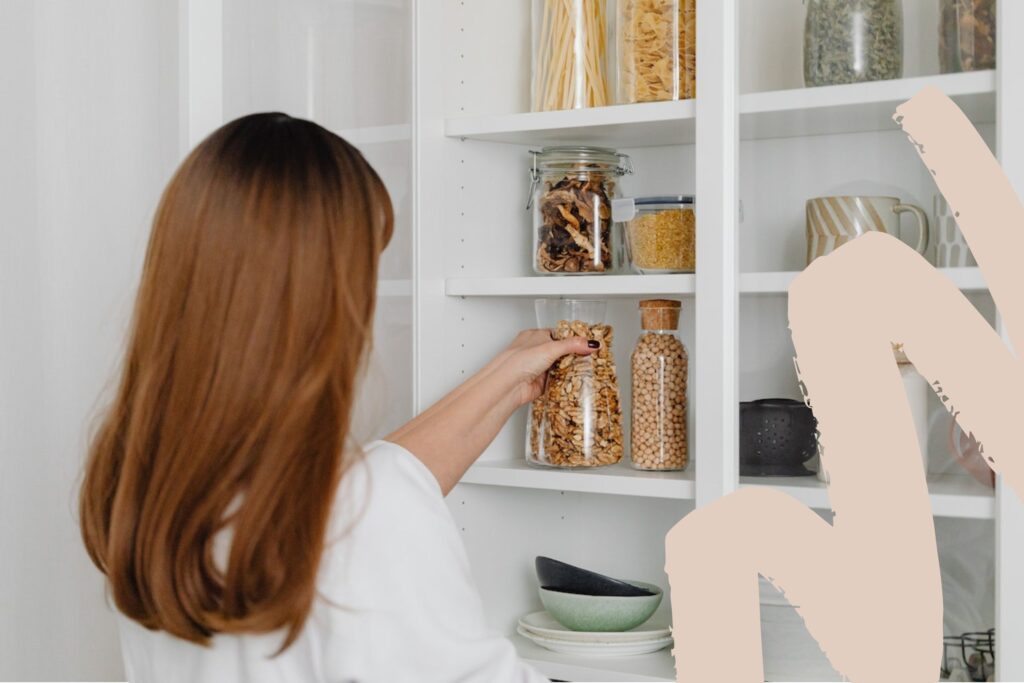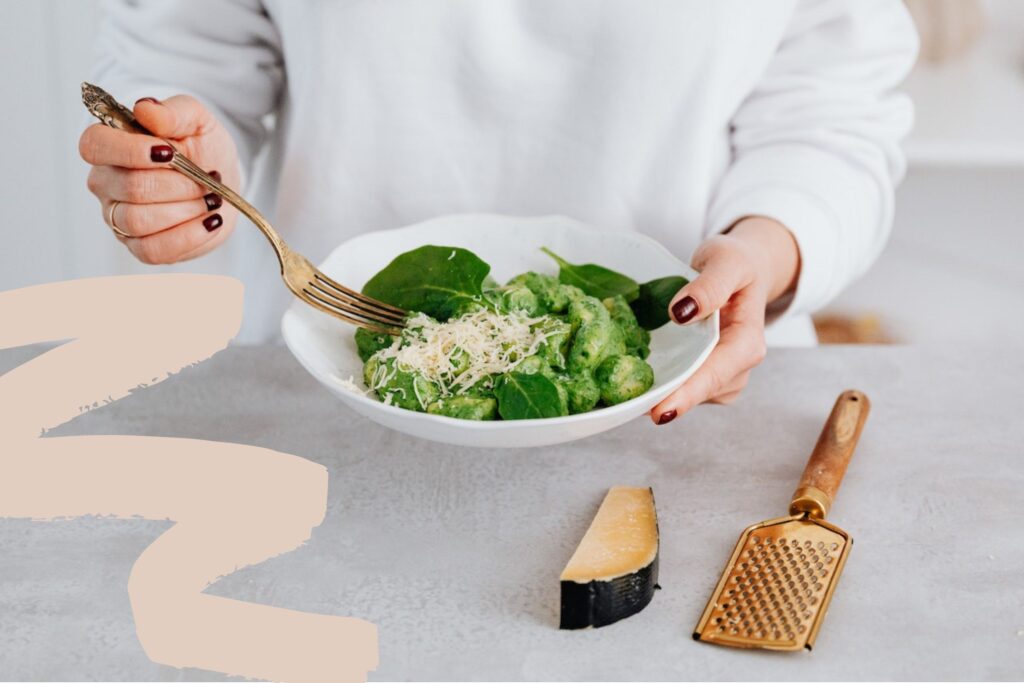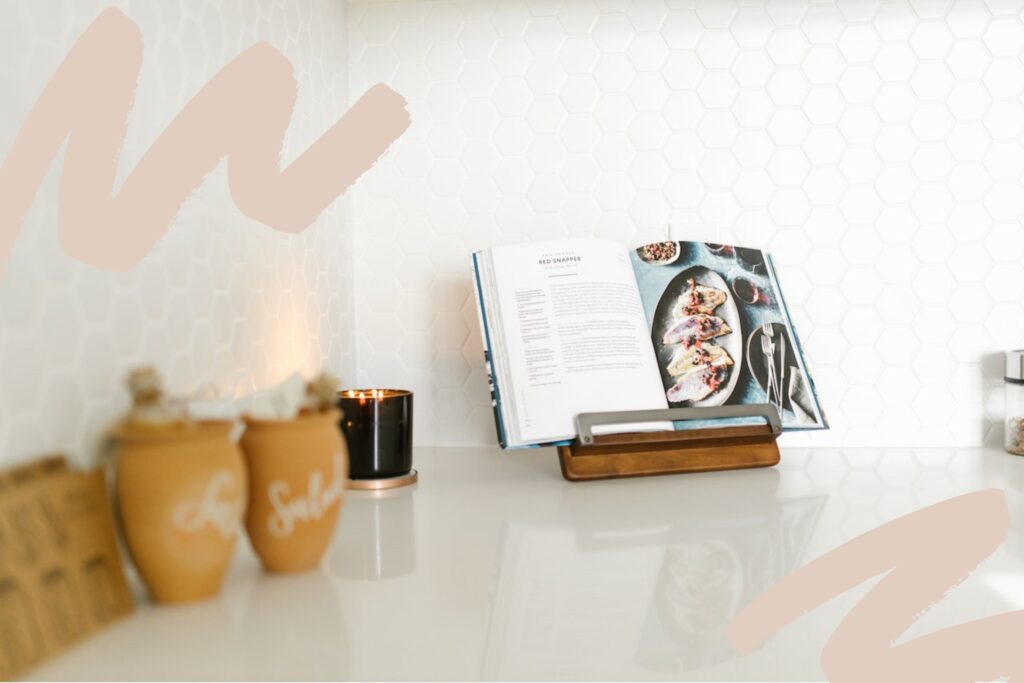If you want to start eating healthier, then home is where the heart is. By cooking more at home, not only can you monitor exactly what goes into your food, but you can control calories, reduce salt levels and manage the amount of fat you’re consuming.
Perhaps even more importantly, home cooking means you can easily increase the quantities of the good stuff going into your meals, stuff like fresh fruit, vegetables, nuts and pulses, which are so essential to a fully functioning brain and body. With that in mind, here are 8 IDEAL steps to healthier eating at home.
The Most Important Meal Of The Day
They don’t call it ”the most important meal of the day” for nothing; not only does a healthy, hearty breakfast help kick-start your metabolism each and every morning, which in turns promotes efficient calorie usage, but what you eat (or don’t eat) also gives you the energy you need for the day ahead.
Accordingly, if you’re keen to eat more healthily at home, then you should first focus on your breakfast. The Healthline suggest in their guide to the 12 healthiest breakfast foods, you should be looking at eggs, Greek yogurt, chia and flax seeds, berries, other types of fruit, nuts, green tea, coffee, cottage cheese, and oatmeal, the latter of which can help lower cholesterol, regulate blood sugar levels, and even reduce the risk of heart disease.
Of course, you’re not going to enjoy all of those together, and if you’re generally short on time in the morning, we particularly love a bowl of overnight oats for breakfast. Choose oats that are 100% whole grain and free of added sugars; you can even get bulk oats at some online stores if you’re doing things on a budget.
Read: Make your morning marvellous with this IDEAL recipe for easy overnight oats

Healthy Substitutes
Just because you’re on a mission to cook healthy food at home doesn’t mean you have to completely abandon your favourite meals in favour of quinoa and blueberries. Rather than having to learn a host of new recipes or cook extravagant meals, you can simply substitute ingredients to help you put the health back in your meals.
For instance, using wholegrain bread and pasta over the popular white options, buying skimmed milk, and choosing low-fat or no-sugar alternatives to the sauces and processed foods that you might usually buy can all lead to healthier results in the kitchen.
What’s more, if the meals you love are generally considered ‘unhealthy options’, such as pizza or pasta dishes, just endeavour to make them healthier via substitution. Get creative; use spiralised vegetables instead of pasta, make your own pizza dough base from cauliflower or natural ingredients, or replace the meat in your hamburger with something positively good for you, like aubergine.

Use Healthier Cooking Methods
The healthiness of your meals depends greatly on the methods that you choose to cook them. As we’re sure you know, pan and deep-fat frying are some of the more unhealthy methods out there due to the use of oils and fats to keep your food from sticking to the pan.
In general, if you’re being properly scrupulous, you should also avoid grilling and microwaving your food, as these methods can leave your food filled with HCAs and carcinogens, which can cause long-term health problems in the future. Instead, prioritise recipes which use boiling, poaching and steaming – still totally delicious, by the way – as these methods will help ingredients retain their natural nutrients and avoid unecessary fats in the cooking process.
Read: What are some of the healthiest and most versatile cooking oils?
Cook In Bigger Batches
One of the major barriers to eating healthily at home, each and every day, is the fact that some days, the energy or enthusiasm to cook complex meals or slave over the stove for hours at a time just isn’t there.
To ensure that you can eat well even on these more trying occasions, practice proper meal preparation, and cook in batches when you have the time. Not only will this enable you to eat a quick and delicious meal straight from frozen, but you’ll also be able to store (or use up) fresh ingredients without any wastage, thus saving you money by cutting down on the number of ingredients that you’ll need to buy next time.

Add Fruit & Veg To Every Meal
Sometimes, simplicity is best, but to truly get the most from your meals, it’s a good idea to add that extra portion of fruit or vegetables whenever and wherever possible. Whether this is a side of mixed vegetables with dinner, fruit and yoghurt for breakfast, or salad and roasted vegetables in your sandwich, it is eminently possible to get your five a day by making the extra effort to add a little bit more of the good stuff to each and every meal. The greatest diversity of colour here is ideal.
Invest In Healthy Eating Cookbooks
Get inspired. Healthy food needn’t be bland and drab. Channel the energy of healthy eating cookbooks which can help you to eat healthy and yet delicious meals that have been tried and tested by the experts.
Invest in a cookbook that meets your dietary needs or your health goals, such as those that have been specially developed for weight loss, improved fitness, or for sufferers of diabetes. Sometimes a beautifully styled picture of a great looking dish is the only catalyst you need to get cooking!

Use A Food Tracker
Data is everything these days, and even your diet can be hacked and optimised using it. So, consider downloading a food tracker and documenting your eating habits. Food trackers are perfect for those who are struggling to maintain a healthy diet, want to record what they have eaten each day, or want to track their progress towards a certain health goal, as well as helping identify a potential allergy or intolerance.
If you’re specifically managing IBS or following a low FODMAP diet, you might also want to explore convenient options like FODMAP meals delivered to your door. This can make it easier to stay on track with your dietary goals and simplify meal planning.
The Conscious Shopper
To sustain a healthy diet, it’s important to know something about the nutritional values of food you’re buying. That said, there’s so much confusion over nutrition and time and time again the lines are redrawn about what may or not be healthy.
At the start of the new millennium, for instance, the focus was all on calories, and not exceeding their arbitrary limits. But recent wisdom has adapted, suggesting that not all calories were created equal. Intelligence regarding fat has also shapeshifted, with science now recommending doing away with a daily ceiling being put on fat consumption, and instead focusing on replacing saturated fats with ‘healthy’ ones.
Whilst the science here can sometimes feel impenetrable and contradictory, it’s important to get to grips with the nutritional value of what you’re putting in your tummy. As such you can make an informed decision about what you’re eating and balance your diet accordingly. Sites like the British Nutrition Foundation and the NHS’s Eat Well advice can help guide you.
And if you’re keen for more advice, but this time with a seasonal angle, then check out these 5 healthy eating tips for an autumn spent indoors. You won’t regret it!




